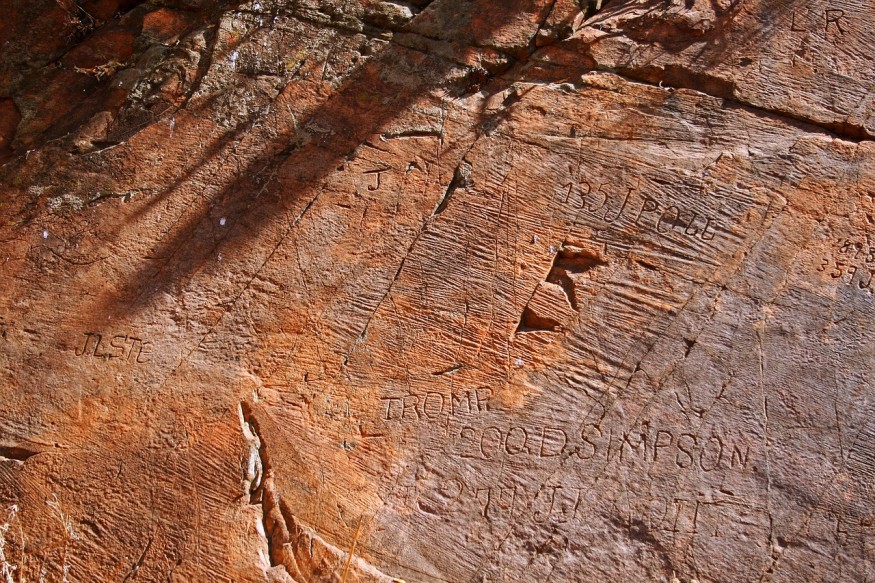
Europe's oldest known engravings were sealed up inside a French cave for tens of thousands of years. Now, a new study shows that these engravings may have been made by Neanderthals, not modern humans.
Made by Neanderthals
According to Live Science, researchers examined non-figurative engravings within the La Roche-Cotard cave, situated southwest of Paris. These engravings were previously thought to have been done by the fingers of ancient humans. Their analyses were detailed further in the PLOS One journal.
Sediments had kept the cave sealed until the late 1900s. Excavations in the area have revealed that there are several stone tools that have styles linked to Neanderthals. These findings suggest that Neanderthals were behind the engravings' creation. The Natural History Museum notes that this shows that modern humans' closest relatives were more complex than previously thought.
Within the cave, researchers were able to find eight different panels that had over 400 traces of abstract dots and lines. They dub these traces as engravings due to how they demonstrate the removal of material using one's finger or a tool. They noted that the material's removal was not utilitarian or accidental but meticulous and intentional.
To examine how the engravings were done, the scientists conducted an experiment at a cave that was similar. As part of the experiment, one person made marks with their fingers, wood, bone, flint, metal point, and antlers against the sturdy wall rock. Another person then documented the look of the mark and made use of photogrammetry techniques to compare these marks with the prehistoric ones.
The scientists then inferred that the trial finger engravings shared the greatest resemblance with the prehistoric ones. They also did not find any direct associations between the uncovered stone tools and the engravings. This further supports the finding that the engravings were made by Neanderthals using their bare fingers.
ALSO READ : What Did Neanderthals Eat? Ancient Tooth Provides Insights Into the Extinct Species' Diet Conundrum
Oldest Known Neanderthal Engravings?
To know more about when the cave was utilized and verify whether the markings were made by Neanderthals or humans, the scientists made use of the stimulated luminescence of the sediments. They did this to know when they were last exposed to daylight.
Results revealed that the cave was sealed for at least 57,000 years and possibly for 75,000 years. These dates show how unlikely it is that modern humans were able to access the cave's insides. A study revealed that while Neanderthals were present in France roughly 330,000 years ago, modern humans did not roam around the area until at least 54,000 years ago. Hence, the researchers conclude that the engravings are unique examples of abstract designs made by Neanderthals.
Paleolithic archaeologist April Nowell, who is from the University of Victoria and did not join the study, explains that the research is important because it stretches digital tracing of antiquity and links it with a different hominin species, besides Homo sapiens, for the first time.
The engravings' significance, however, remains vague. The researchers write that it is not possible to conclude if these engravings depict symbolic thinking. Nevertheless, they are vital additions to what is known about Neanderthal behavior.
Check out more news and information on Archaeology in Science Times.
© 2025 ScienceTimes.com All rights reserved. Do not reproduce without permission. The window to the world of Science Times.











